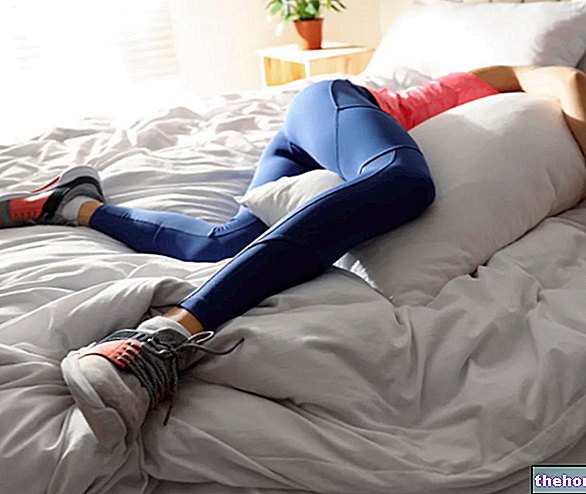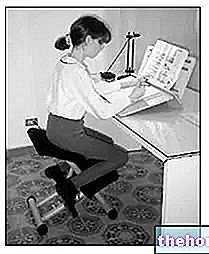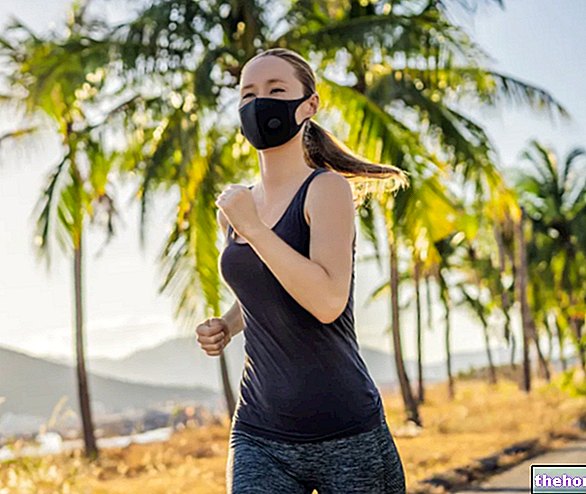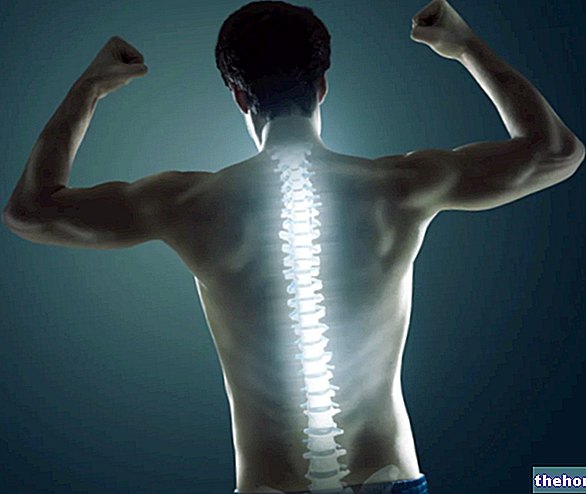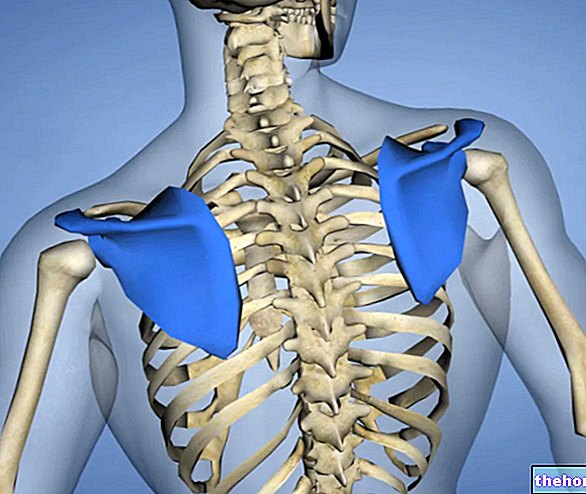Initially, our organism is not able to respond efficiently to all antigens but, after having encountered them, it learns to neutralize them, giving rise to a primary or non-specific response (the one that occurs after the first contact of the organism with an antigen) and following a secondary or specific response (the one that the organism manifests following subsequent contacts with the same antigen) - much faster and more efficient than the primary one.
The primary response is not able to prevent every infection but, once the first episode is over, it will be easier to defeat subsequent attacks of the same pathogen. This is the principle behind immunization as disease prevention.
During the intrauterine phase (up to birth), immunity is passive, since - crossing the placenta - the mother's antibodies are supposed to protect the fetus from pathogens. After birth, the actual immune development begins, reacting to "exposure to environmental agents; We remind you that natural childbirth and breastfeeding are two agents favoring correct immune development. With aging, the effectiveness of the immune system decreases, resulting in greater exposure to bacterial and viral infections.
For further information: Natural Supplements to Strengthen Immune Defenses.
In all the studies, carried out on both trained athletes and non-conditioned subjects, leukocytosis appeared immediately after physical exertion.
Leukocytosis is biphasic in nature since, after an immediate increase in circulating granulocytes and lymphocytes, there are - after a few hours from the cessation of exertion - relative lymphocytopenia and neutrophilia.
Most researchers agree in detecting a more marked increase in lymphocytes with the CD8 phenotype (or "suppressor"), compared to those with the CD4 phenotype (or "helper"), perceptible using the data in absolute number rather than percentage. This leads to a reduction in the CD4 + / CD8 + ratio, which is a first sign of immune imbalance.
The "natural killer" cells also appear to be affected, whose activity seems enhanced during physical exertion, with an increase in CD16 + cells. NK cell activity is hypothesized to peak immediately after exercise, decline after two hours and still not normalize after 20 hours.
A research carried out on a group of amateur sportsmen practicing marathon and ultramarathon states that in all the athletes examined the number of NK cells is higher than in the control group, with values significantly higher than the norm. It was then documented, after physical activity, a reduced macrophage adhesion and a decreased phagocytosis, with changes proportional to the intensity of performance.
Some authors even argue that prolonged sporting activity lowers non-specific immunity, thus making those who have practiced sport for a long time, such as those who have been competitive for years, more susceptible to infections. Moreover, in many leading athletes, the level of circulating immunoglobulin G also seems to be lower at the end of the competitive season than at the beginning, as shown in the table below.
Variation in the concentration of immunoglobulins in athletes (from Immunologia e Sport Società Stampa Sportiva, Rome, 1990).
It is therefore evident that the phase in which the immune system is most vulnerable is the one immediately following physical performance; during physical effort, on the other hand, a large amount of hormones and mediators are released, so it is not easy to trace the mechanisms with which they interact.
In summary
In summary, at present it can only be stated that excessive psychophysical "stress" is able to favor a situation of immunodeficiency, clinically documented with infectious forms, sometimes banal, sometimes serious.
Stress can therefore be defined as a series of events, including stimuli called "stressors", which are perceived by the body and which are followed by a series of physiological reactions, which have the task of producing a response to the stressor.
On the other hand, for most people, the term stress takes on negative connotations, even if some are positively "stimulated" by it. The physiological response to stress actually takes the form of the release of some neurotransmitters and adaptation hormones.
However, stress also needs to be contextualized and measured. An important distinguishing feature of this factor is its duration; acute is defined as the event that lasts a few minutes or a few hours, while chronic is defined as that which persists for days, weeks or months. In the next article we will go into more detail.
To better understand the correlations between exercise stress and susceptibility to infections, read on on the following page:
Infections in Sportsor go back to the previous article:
Physical Exercise and Immune System. Effects of competitive sporting activity. Medicina dello Sport, 1994, 47: 325-342.
